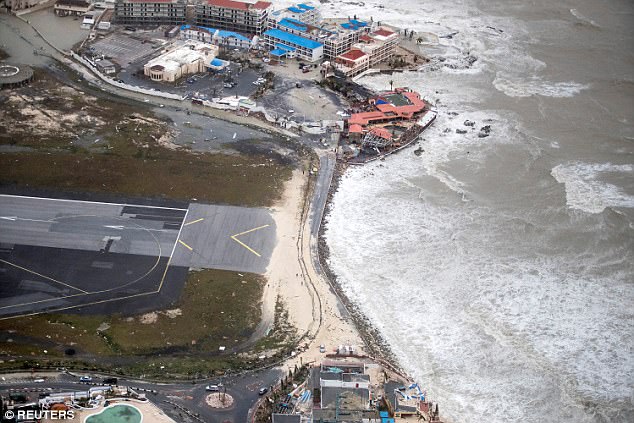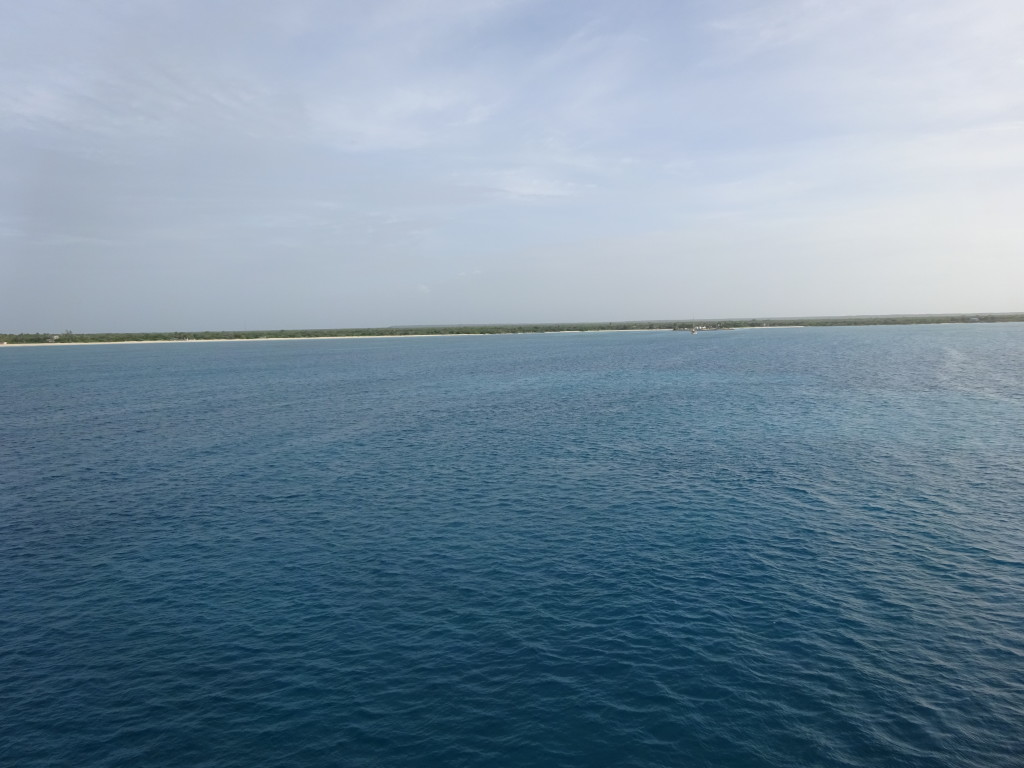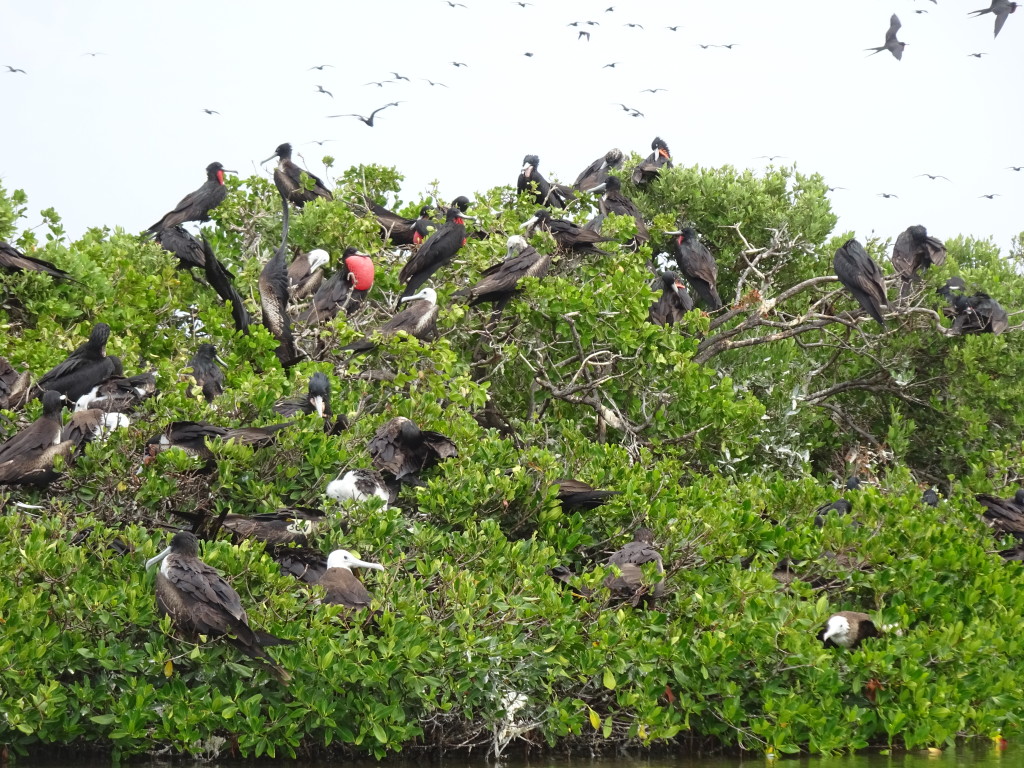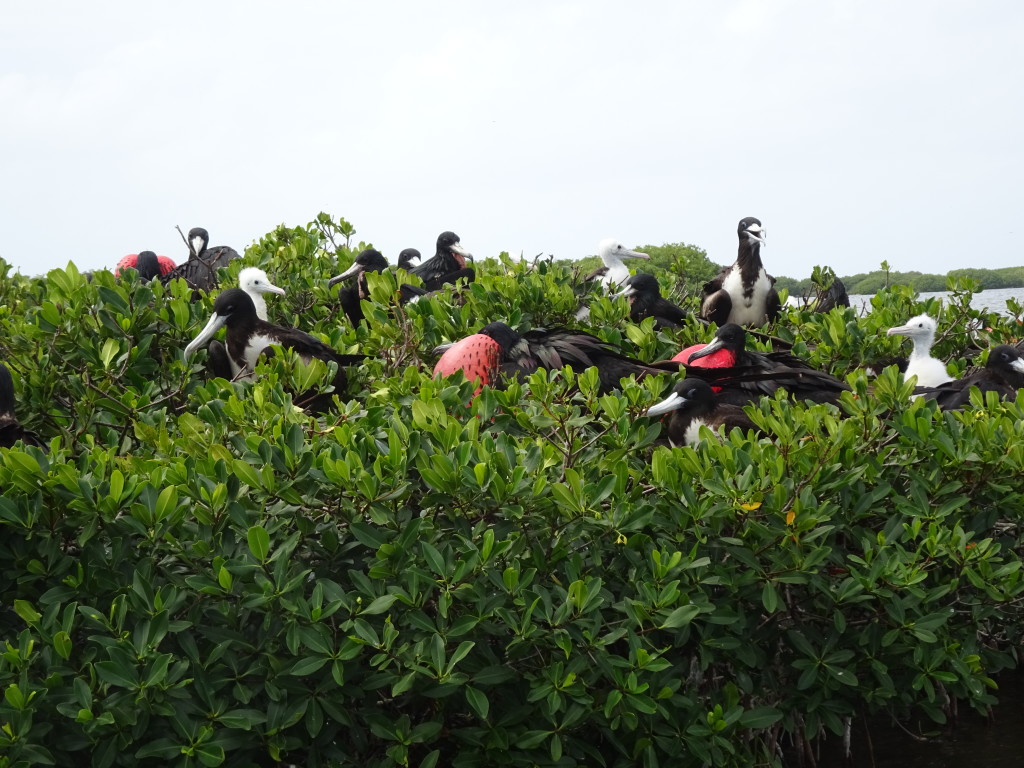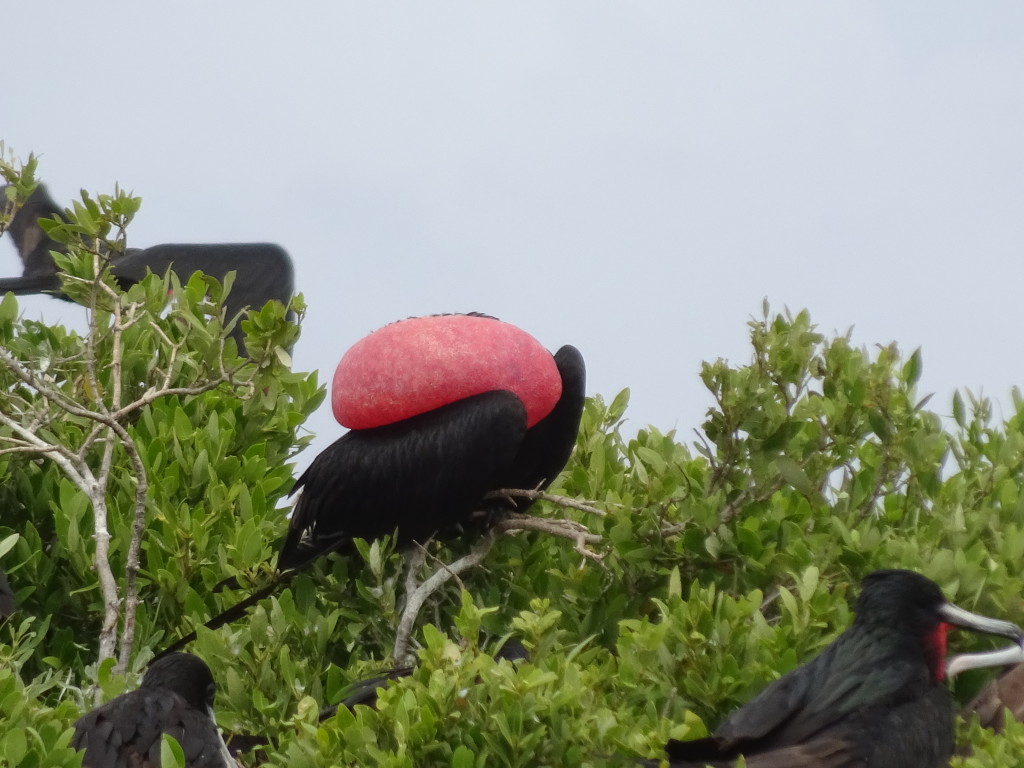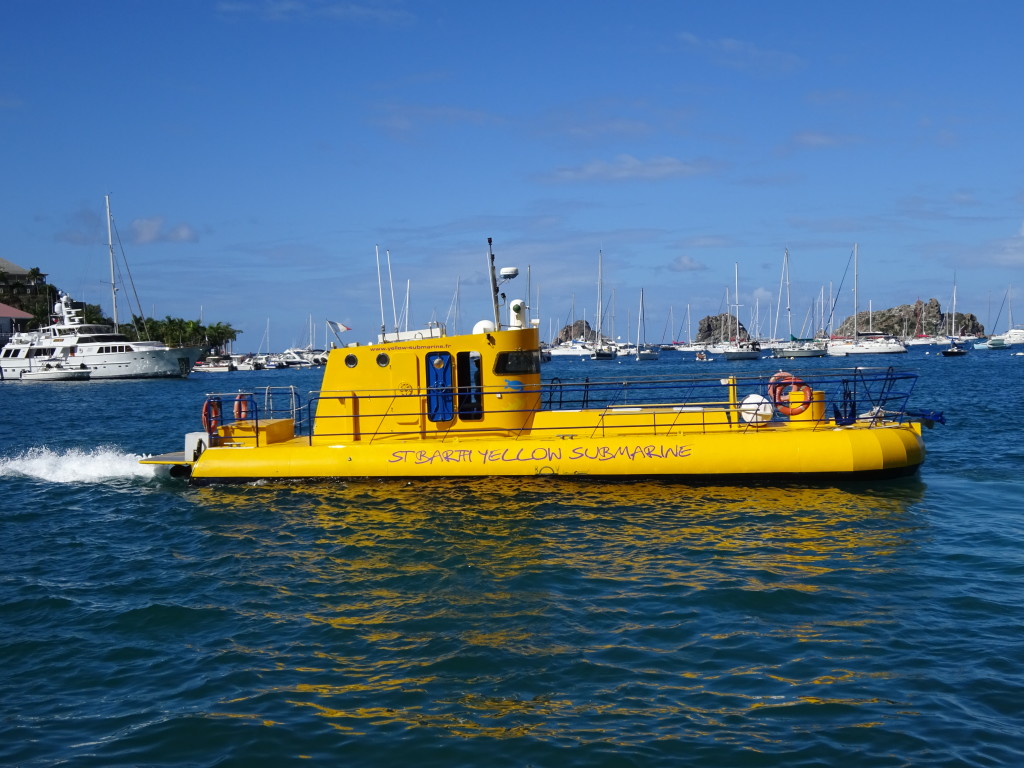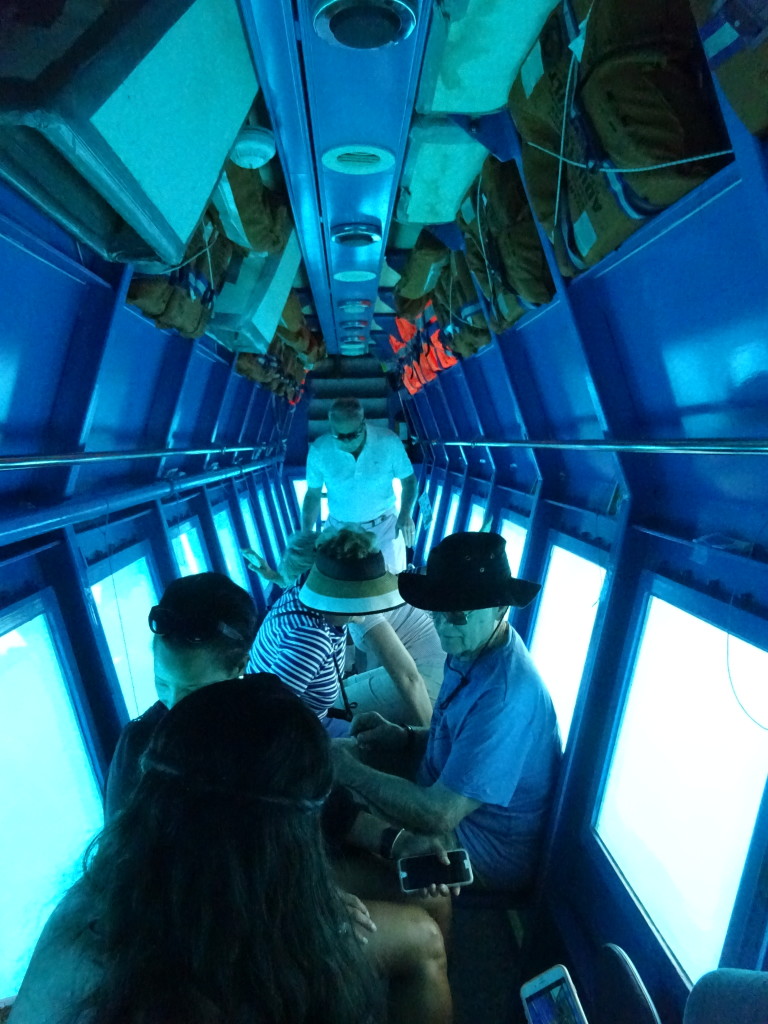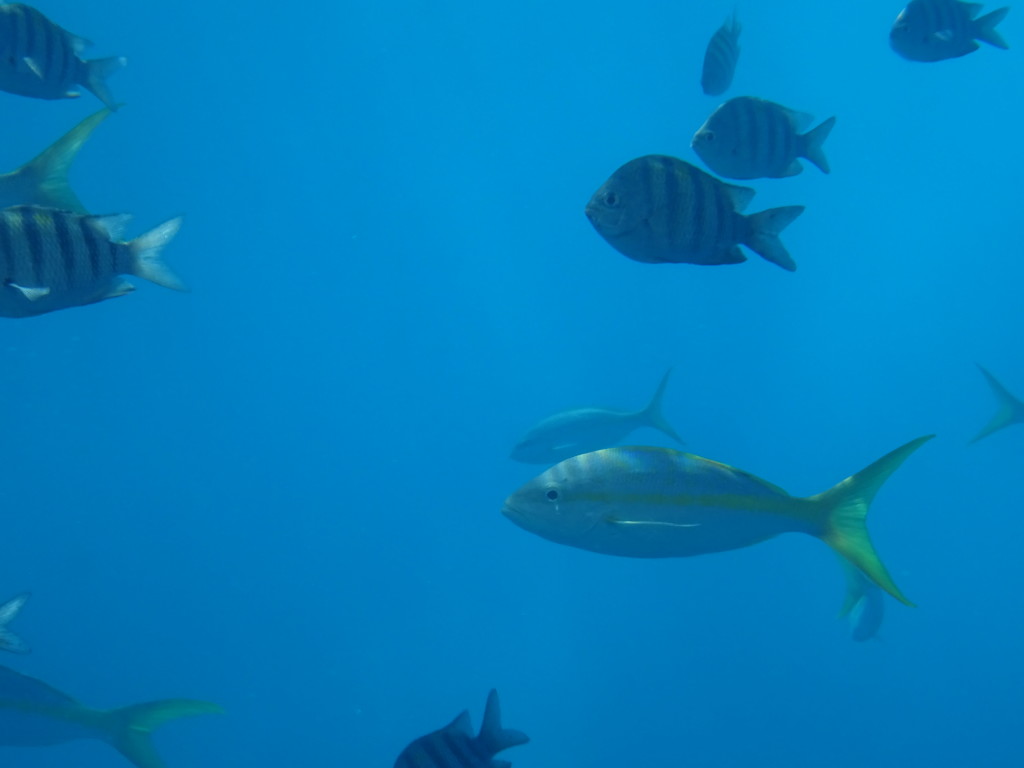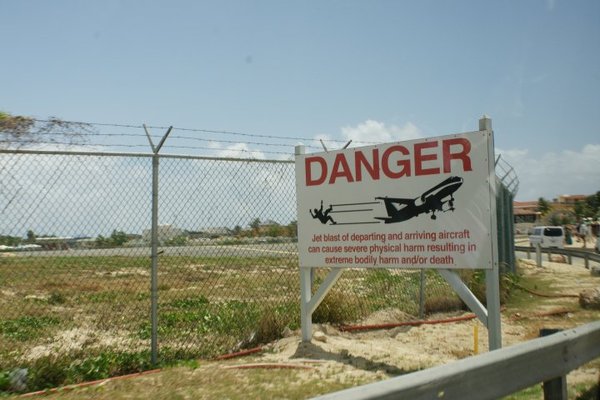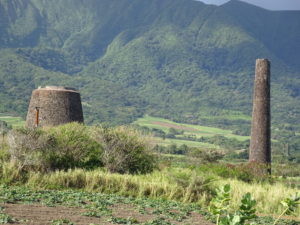 St. Kitts is the larger of two islands that make up the nation of St. Kitts and Nevis. Nevis is most famous for being the birthplace of Alexander Hamilton, the musical about whom I recently saw in Chicago. While St. Kitts is now a tourist mecca, the island is best known for its dominant position in the colonial sugar trade. Lesser known is that St. Kitts also was a major hub in the slave trade.
St. Kitts is the larger of two islands that make up the nation of St. Kitts and Nevis. Nevis is most famous for being the birthplace of Alexander Hamilton, the musical about whom I recently saw in Chicago. While St. Kitts is now a tourist mecca, the island is best known for its dominant position in the colonial sugar trade. Lesser known is that St. Kitts also was a major hub in the slave trade.
A few years ago I visited St. Kitts along with a few other Caribbean islands. Remnants of the past sugar industry stand mostly as ruins on the island landscape. Abandoned, but not that long ago – St. Kitts clung to sugar until recently, the last sugar factory closing only in 2005.
Today you can take a scenic railway around the island. With views of Nevis towering to southeast and Mount Liamuiga rising in the interior, the railway crawls the perimeter in search of sugar plantations. Sugar cane was the main source of sugar on the islands, and some remains for visitors to appreciate. Periodically the remains of cinderblock processing buildings and chimneys stick up out of the recovering natural vegetation. The railway itself is a remnant of the industry. Individual sugar cane growers would harvest the crop and do some initial processing, then wait for the train to stop on its daily circling of the island, stopping at each grower to pick up raw materials. Eventually the train would drop off the crops at the central factory the grew up in the early 20th century. It was this factory that finally closed its doors in 2005, turning over the island’s economy almost entirely to tourism.
A trio of local singers serenades us with old spirituals as a covey of school children in green-shirted uniforms keep pace with the train. The sugar ruins and spirituals remind us that St. Kitts was once a key cog in the slave trade triangulating between Europe, Africa, and America. Great Britain was the biggest purveyor of slave trading at that time. Bringing weapons and gunpowder from England to Africa, ships would cram as many kidnapped Africans as they could in the bowels of the ship, selling or trading the survivors for sugar and rum in Caribbean and South America, then bringing those commodities up to the slaveholding colonies – and then states – before heading back to England to start the process again. It was in St. Kitts that, supposedly but not fully confirmed, Thomas Jefferson’s ancestors got there start in the new world, and from here they became slaveowners that continued through Jefferson’s life.
Slavery was abolished in all the British Empire, including St. Kitts, on August 1, 1834. St. Kitts now celebrates August 1st as Emancipation Day, a public holiday.
As I soon head back to the Caribbean I remember my time on St. Kitts and its connection between sugar science and slavery. On this trip I’ll be seeing other islands that were focal points in the slave trade, hoping to learn more about the business that enslaved human beings for the profit of a few. More to come.
David J. Kent is an avid science traveler and the author of Lincoln: The Man Who Saved America, in Barnes and Noble stores now. His previous books include Tesla: The Wizard of Electricity and Edison: The Inventor of the Modern World and two specialty e-books: Nikola Tesla: Renewable Energy Ahead of Its Time and Abraham Lincoln and Nikola Tesla: Connected by Fate.
Check out my Goodreads author page. While you’re at it, “Like” my Facebook author page for more updates!



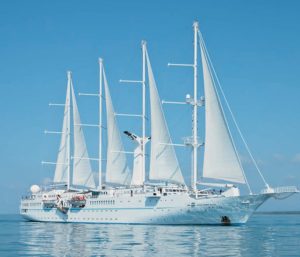 It seems my travel this year has been heavy on places starting with “C.” Soon I’ll add Caribbean Cruise on one of the
It seems my travel this year has been heavy on places starting with “C.” Soon I’ll add Caribbean Cruise on one of the 